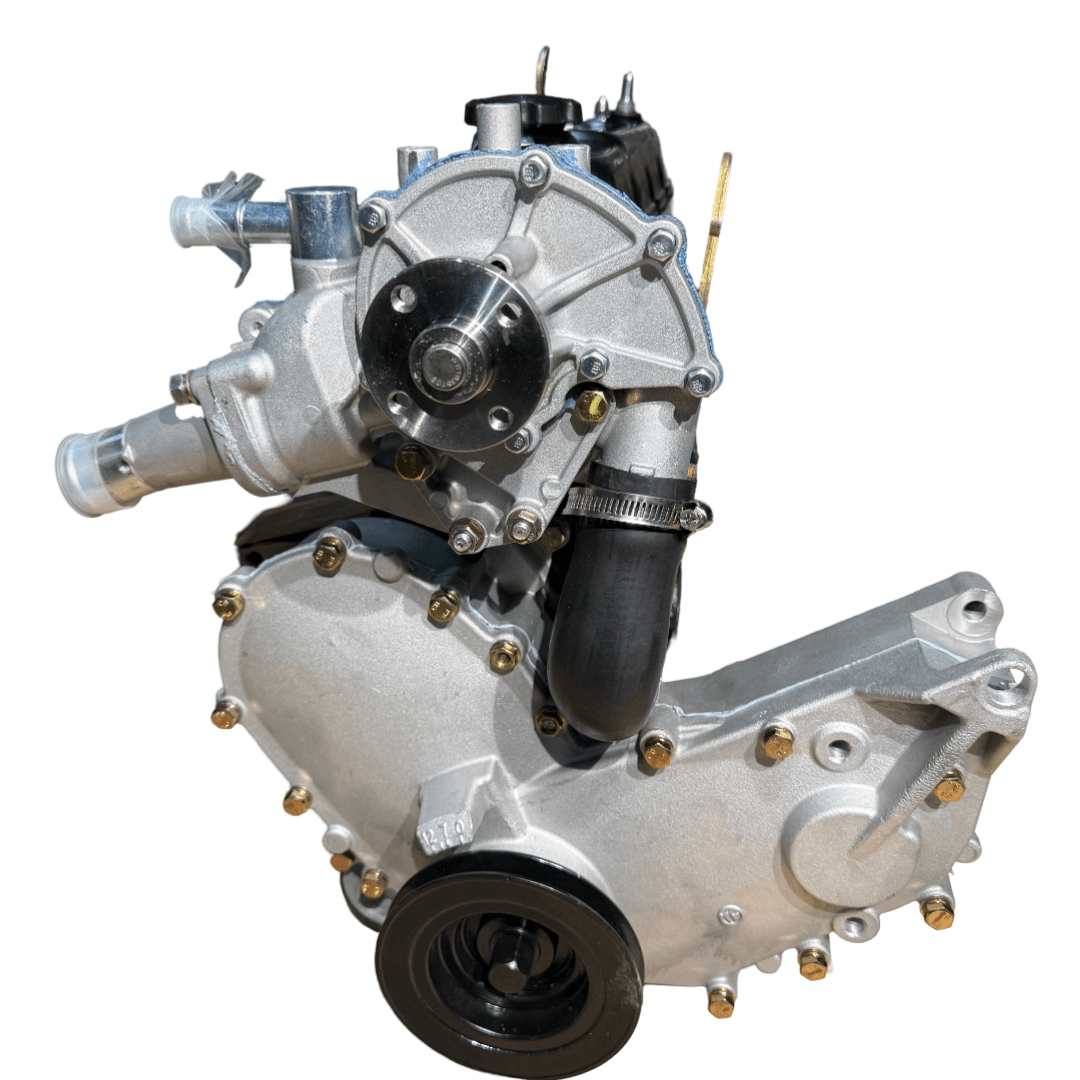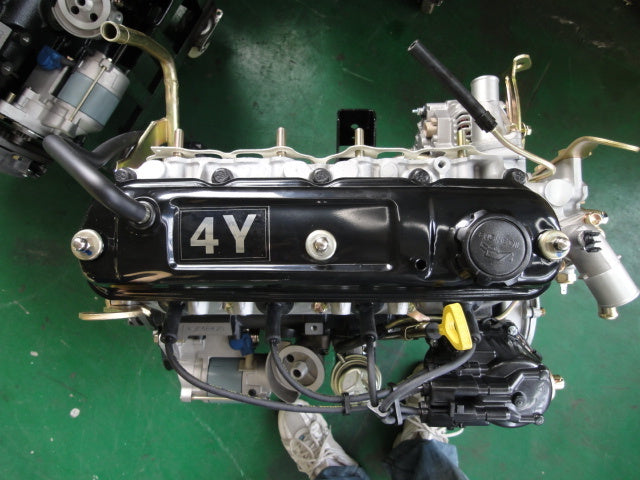Why the Engine Is the Ideal Choice for Performance and Performance in Your Auto
The engine remains a pivotal part in automotive style, mostly due to its substantial impact on both efficiency and effectiveness. As improvements in modern technology enable smaller engines to deliver remarkable power while enhancing fuel economic climate, the assimilation of functions such as turbocharging and crossbreed systems becomes significantly crucial.
Understanding Engine Kind
Understanding the different kinds of engines is crucial for maximizing performance and effectiveness in automobile design. The key engine types include interior combustion engines (ICE), electrical engines, and hybrid systems, each offering distinctive advantages and restrictions.
Internal burning engines, which can be additional classified into gasoline and diesel variants, count on the combustion of fuel to generate power. Gasoline engines typically give greater RPMs and much better acceleration, while diesel engines are understood for their torque and fuel effectiveness, making them perfect for sturdy applications.
Electric engines, on the various other hand, utilize electrical motors powered by batteries or fuel cells. They provide instant torque distribution, leading to smooth acceleration and lower emissions. The performance of electrical engines is substantially higher than that of ICEs, making them a popular option for eco-conscious consumers.
Crossbreed systems incorporate both internal burning and electrical engines, leveraging the staminas of both technologies. They maximize fuel intake by utilizing electric power at lower speeds and switching to gasoline or diesel for higher speeds or heavier lots.
Picking the best engine type is necessary for accomplishing wanted efficiency metrics and environmental sustainability in modern-day automotive engineering.
The Influence of Engine Size
Engine size frequently plays an essential role in determining an auto's performance and effectiveness. Usually determined in litres or cubic centimeters, engine dimension straight affects the power result and torque qualities of an automobile. Bigger engines typically create even more horsepower, making it possible for higher acceleration and higher full throttle. This is specifically advantageous in applications calling for durable efficiency, such as sporting activities cars and heavy-duty trucks.
However, increased engine size commonly associates with reduced fuel effectiveness. Smaller engines can provide adequate performance for daily driving while advertising better efficiency, making them a popular selection in mid-size and small cars.
Additionally, developments in engine layout, such as turbocharging and straight fuel shot, permit smaller sized engines to achieve power degrees comparable to their bigger equivalents. This fad emphasizes the importance of not entirely concentrating on engine dimension but additionally thinking about total vehicle style and modern technology (4y engine). Ultimately, the influence of engine dimension on efficiency and efficiency underscores the need for consumers to analyze their details driving preferences and demands when choosing a vehicle
Advanced Engine Technologies
Advancements in engine modern technologies have considerably improved the landscape of auto performance and effectiveness, building upon the foundational ideas developed by engine size. Especially, innovations such as turbocharging and straight fuel injection have actually enabled smaller engines to supply power degrees previously related to larger counterparts. Turbochargers compress air entering the engine, permitting enhanced power outcome without a matching blog rise in engine size, while direct shot enhances gas shipment, enhancing combustion effectiveness.
In addition, variable shutoff timing systems have become an essential modern technology, enabling engines to readjust shutoff procedure based on driving conditions. This versatility boosts both performance throughout acceleration and gas efficiency throughout travelling. Crossbreed and electrical engine innovations additionally show the change in vehicle layout, incorporating traditional interior burning engines with electrical motors to make best use of performance while reducing exhausts.
Furthermore, innovations in products science have brought about lighter, extra sturdy engine parts, additionally enhancing efficiency and longevity. The integration of sophisticated electronic devices and engine control units additionally permits real-time modifications, making sure ideal performance across various problems. Collectively, these advanced engine modern technologies not only improve lorry performance but additionally add to a more lasting automobile future, showing the continuous evolution of engine layout.
Balancing Power and Efficiency
Striking a balance visit site in between power and efficiency is critical in contemporary automotive style as producers look for to meet significantly strict discharges policies while pleasing consumer need for performance (4y engine). The difficulty depends on optimizing engine features to deliver durable power output without compromising fuel economic climate
To achieve this balance, designers employ different approaches, such as turbocharging, which enhances engine power by compeling in more air, permitting a smaller engine variation that improves fuel performance. Variable valve timing innovations additionally play a significant role, allowing engines to readjust their efficiency attributes based on driving problems, therefore enhancing both power and effectiveness.
Moreover, advancements in materials and producing methods have actually led to lighter engine components, which decrease general lorry weight and boost gas efficiency without compromising power. Hybrid innovations have additionally become a viable service, integrating conventional interior combustion engines with electric powertrains to offer a boost in performance while preserving lower discharges.

Future Fads in Engine Layout

In addition, the growth of advanced materials, such as high-strength alloys and light-weight compounds, is readied to transform engine parts. These products not just decrease weight but additionally enhance thermal performance, thus maximizing performance. In addition, producers are discovering variable compression ratios, enabling engines to adjust to different driving problems, boosting both Home Page power output and gas economy.
Additionally, the rise of fabricated intelligence and artificial intelligence in engine design is allowing anticipating maintenance and real-time performance optimization. This modern technology can lead to engines that self-adjust for maximum effectiveness based upon driving patterns.

Final Thought
In verdict, the engine offers as a critical part in achieving ideal performance and efficiency in modern lorries. The interaction in between engine size and design proceeds to advance, driving technologies that stabilize thrilling performance with environmental sustainability.
In addition, advancements in engine design, such as turbocharging and straight gas injection, allow smaller sized engines to accomplish power levels comparable to their bigger counterparts.Developments in engine modern technologies have actually considerably reshaped the landscape of auto efficiency and effectiveness, building upon the fundamental ideas established by engine dimension. Turbochargers compress air getting in the engine, enabling for enhanced power result without an equivalent increase in engine dimension, while direct shot enhances fuel distribution, improving combustion effectiveness.
Hybrid and electrical engine technologies better show the change in automobile layout, integrating traditional interior burning engines with electric motors to make best use of effectiveness while decreasing discharges.
Collectively, these sophisticated engine technologies not just improve car efficiency but additionally contribute to a much more lasting automotive future, showing the recurring development of engine design. (4y engine)